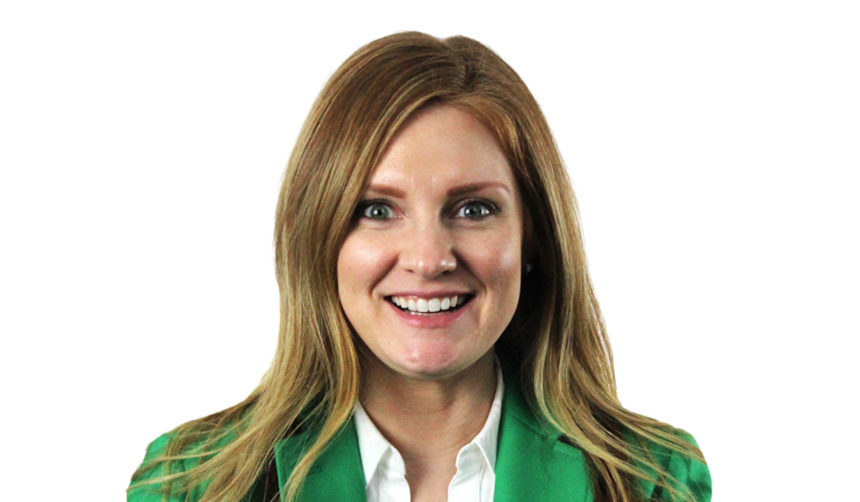
For senior living communities, security breaches can come in all shapes and sizes.
Whether it’s a fall in the dining room, an exterior door that doesn’t latch properly or a pipe that has burst, a wide range of situations can evolve into issues at any time. And considering the projected 78 million adults over the age of 65 expected by 2035, senior living communities have a growing responsibility to ensure that every measure is taken to keep residents safe.
Today’s senior living communities already are stretched thin for staff and resources, and adding another responsibility sometimes can seem like too much. A few integrations, however, can make a big difference and allow senior living communities to go from taking a reactive to a proactive approach to safety.
Don’t be alarmed: Automatically alerting a situation
In an emergency, the last thing anyone needs is mass chaos erupting from noisy alarms or miscommunication. Rather than using alarms to signify a breach post-event, senior living communities can use technology to enable alerts that create an action-oriented response.
With egress and ingress alerts and video paging, senior living staff members can be notified as soon as a potential threat reaches the facility or as anyone is nearing a part of the building that they shouldn’t be in. Egress and ingress alerts are triggered whenever an unauthorized visitor enters and exits the building. With video paging, staff members can see and assess the situation as it is happening and make informed decisions in real time.
If, for example, a resident is out wandering the halls in the middle of the night or nearing a no-access zone, a pre-designated employee would be alerted through the egress and ingress alerting system. Thanks to the alert, staff members now can see the situation through the video monitoring system and act right away by dispatching the nearest staff member. This capability eliminates the need for alarms and reduces any confusion or panic for staff and, most importantly, residents.
By adding this layer of security into the existing system, staff members can allow residents to remain independent while also providing peace of mind that exterior doors are proactively monitored. When senior living communities are able to alert rather than alarm, they can quickly make informed decisions while maintaining a high quality of life for their residents.
Elevating environmental security
A refrigerator goes down, and an alert is immediately sent to the kitchen and custodial teams to help prevent food from spoiling. A door is left ajar, and the nearest office is notified to go close it. Or perhaps an electrical line sparks a fire, and staff members are alerted right away and know what to do.
Each of these scenarios could have had a significant negative effect if intelligent alerting had not been in place. With interconnected systems and environmental controls such as temperature sensors, each of the aforementioned examples can be resolved quickly and eliminate unnecessary loss.
Fire panels are another integration that can bolster environmental security and life safety. The panels are designed to detect and report fires within a certain radius. If a fire were to occur, a notification would be triggered to staff members, alerting them where the fire is and populating a live video stream of the affected area. This information helps staff members automatically determine where the fire is, take action to help residents evacuate safely and equip fire personnel with specifics on the event.
Technology harmony: Unifying security systems
Sometimes it’s difficult to find all the right security tools in one place, which can lead senior living communities to work with a variety of stand-alone platforms. Any security precaution is a step in the right direction, but having multiple sources can keep staff from getting the whole picture.
To streamline the process and communication flow, senior living communities can create a centralized monitoring, alerting and reporting system for all life safety, security and environmental monitoring. Having one system analyzing all inputs and outputs can prevent unintentional loss and empowers employees to make informed decisions by equipping them with all information available in real time.
Given the growing senior population, we need to create systems that proactively monitor for safety and security. Integrating existing systems with intelligent alerting and notification capabilities now allows caregivers to proactively take control of the safety of their residents. By creating surroundings that are more situationally aware, we can prevent the loss of life and injury while creating safer environments for residents and staff.
Danielle Myers is general manager of Status Solutions, developer of situational awareness technology solutions, including the SARA situational awareness and response assistant and CATIE.




